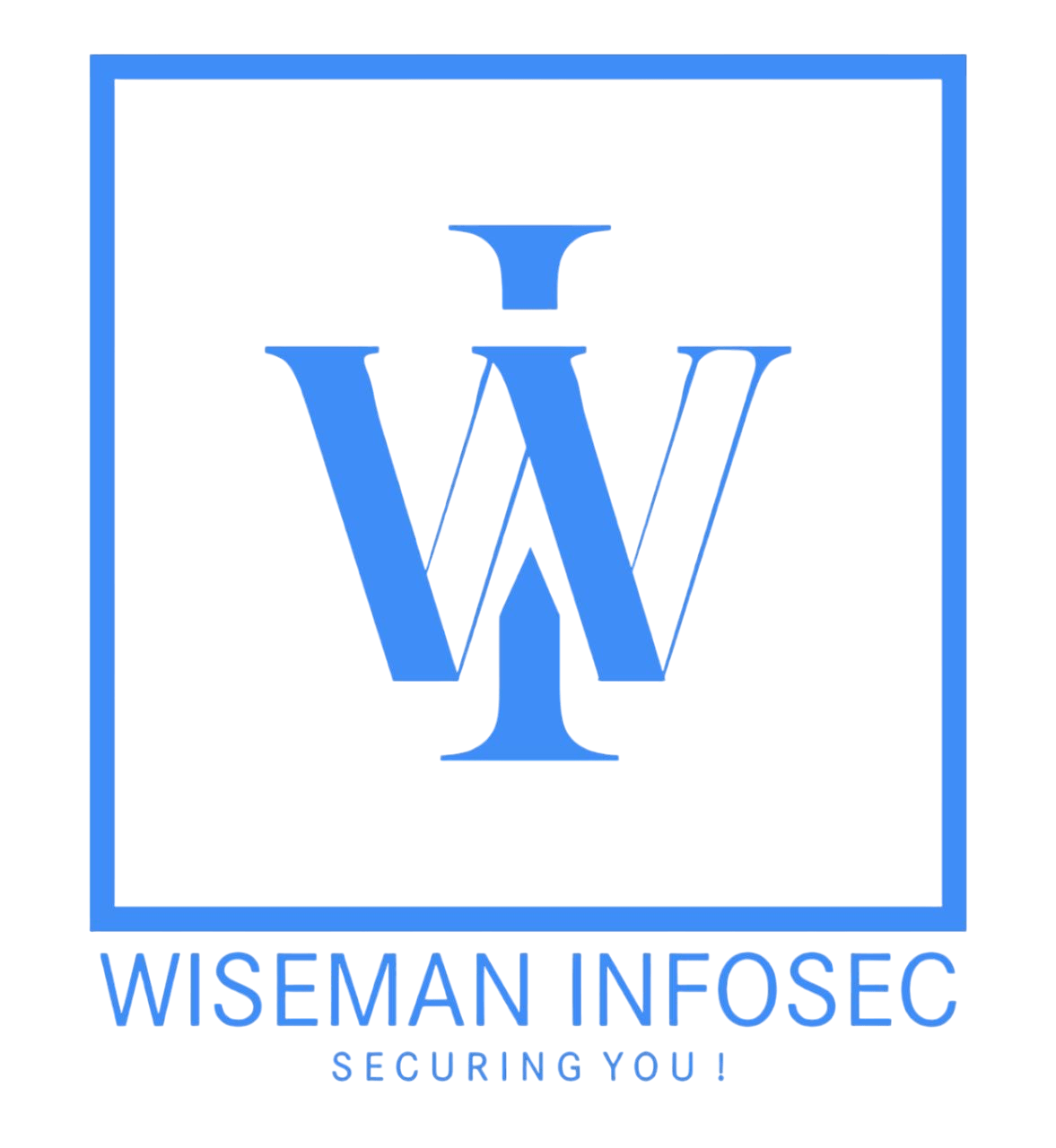Threat Detection and Incident Response Learning Path
A Threat Detection and Incident Response course focuses on identifying, analyzing, and responding to cybersecurity threats and incidents in real-time. It covers techniques for monitoring network traffic, detecting anomalies, and using security tools to pinpoint potential attacks. The course also teaches best practices for effectively managing incidents, mitigating damage, and recovering systems to ensure business continuity.
Introduction to Cybersecurity & Threat Landscape
Fundamentals of Threat Detection
Basics of Incident Response (IR)
Security Information and Event Management (SIEM) Fundamentals
Network and Endpoint Threat Detection
Digital Forensics Basics
Tool-Specific Tracks
Splunk Enterprise Security (ES) Advanced Techniques
Certification Path

Splunk Core Certified Power User

Splunk Enterprise Security Certified Admin
Microsoft Sentinel (Azure SIEM) Learning Path
Advanced Threat Detection with Microsoft Sentinel
Certification Path

Microsoft Certified: Security Operations Analyst Associate

Microsoft Certified: Azure Security Engineer Associate
CrowdStrike for Endpoint Threat Detection
Advanced Incident Response with CrowdStrike
Certification Path

CrowdStrike Certified Incident Responder

CrowdStrike Certified Incident Responder
SOAR (Security Orchestration, Automation, and Response) Platforms
Advanced SOAR Implementation & Customization
Certification Path

Splunk SOAR Certified Automation Developer

Learn proactive threat hunting techniques to identify hidden threats in your environment
Advanced Threat Hunting Techniques
Incident Response Strategy and Management
Certification Path

GIAC Certified Incident Handler (GCIH)

Certified SOC Analyst (CSA)

Certified Threat Intelligence Analyst (CTIA)
Hours Per Day
≈ 7-8 Months
≈ 6 Months
≈ 5 Months
System Administrator
$89,000 /year
What day-to-day looks like
- System Monitoring and Maintenance
- Design and Development
- OS and Application Installation, Configuration, and Testing
- Performance Monitoring
- System Automation
- Technical Support
- Security and Backup
- Continuous Improvement
- Collaboration and Coordination
Start The Test
Test your Readiness for Free!
The skills test is a hands-on exam that helps you identify where you stand today in your preparation for your DevOps exam. Do you know about DevOps enough to attempt the exam? Find out now!
FAQs
1. What is Threat Detection & Incident Response?
It involves identifying security threats and responding to incidents to minimize damage.
2. Who should take this learning path?
- Security analysts, SOC analysts, and incident responders.
- IT professionals interested in security monitoring.
3. What will I learn?
- SIEM tools, log analysis, and threat hunting.
- Incident response methodologies and forensic investigations.
4. What are the prerequisites?
Basic networking and cybersecurity knowledge.
5. What certifications can I pursue?
- GIAC Certified Incident Handler (GCIH)
- Certified SOC Analyst (CSA)
- Splunk Core Certified Power User
6. What career opportunities are available?
- SOC Analyst
- Threat Hunter
- Incident Response Specialist


